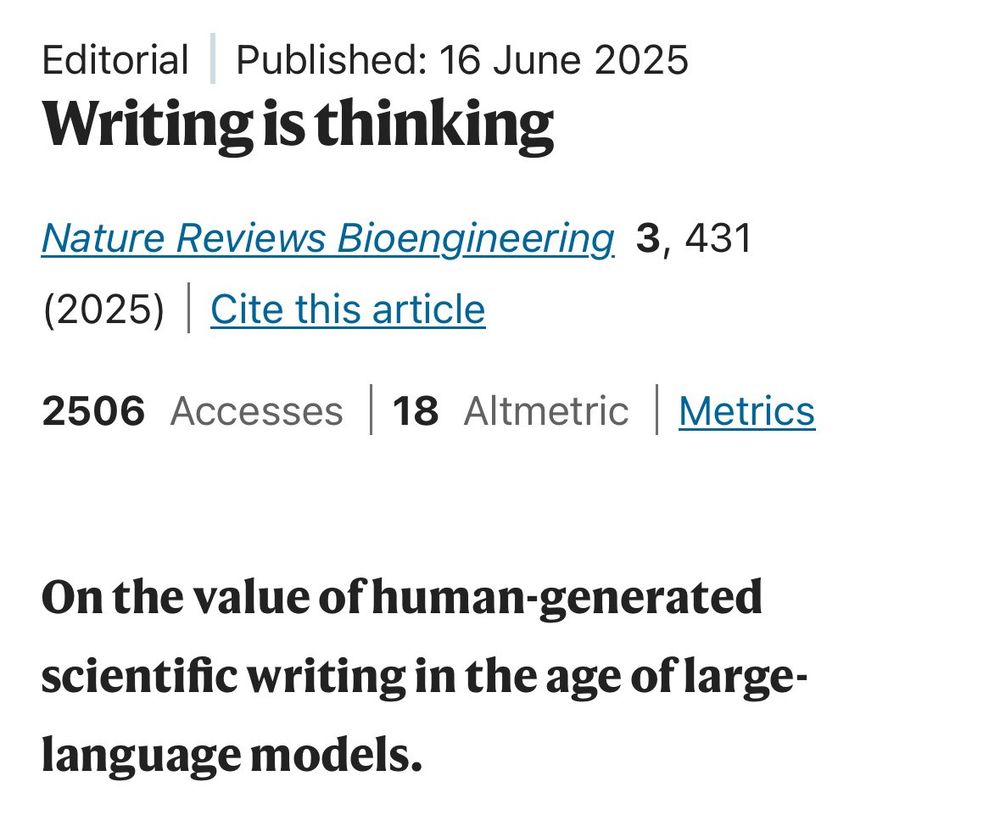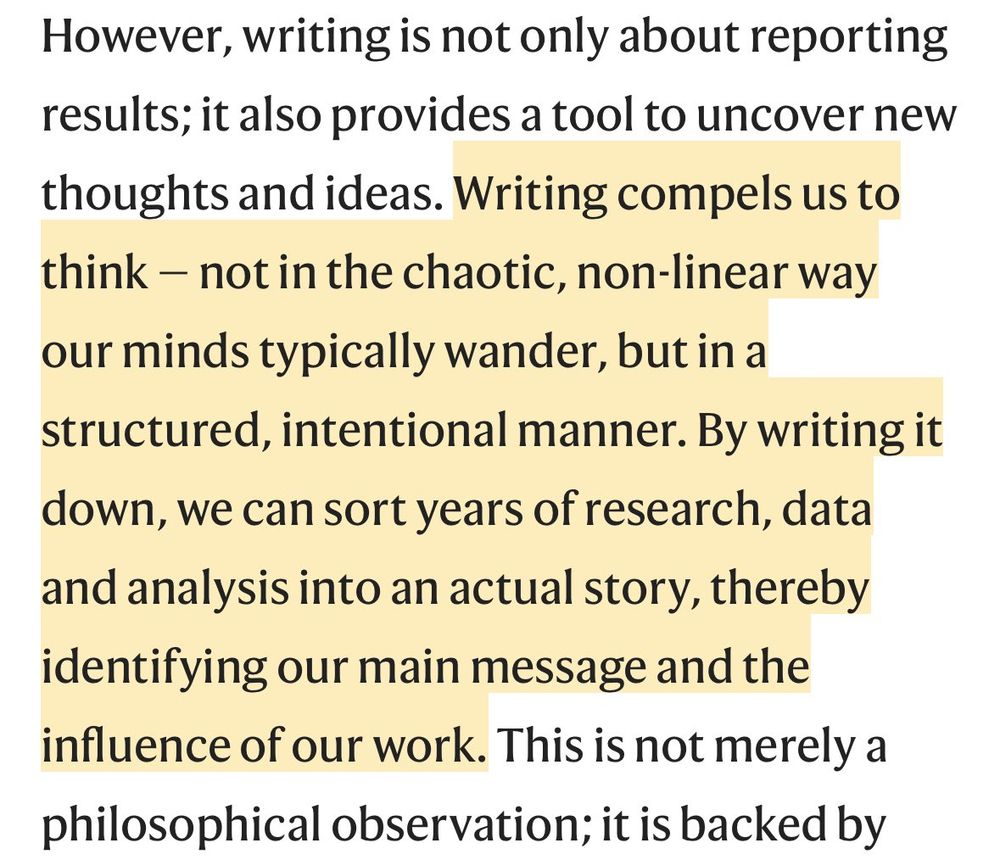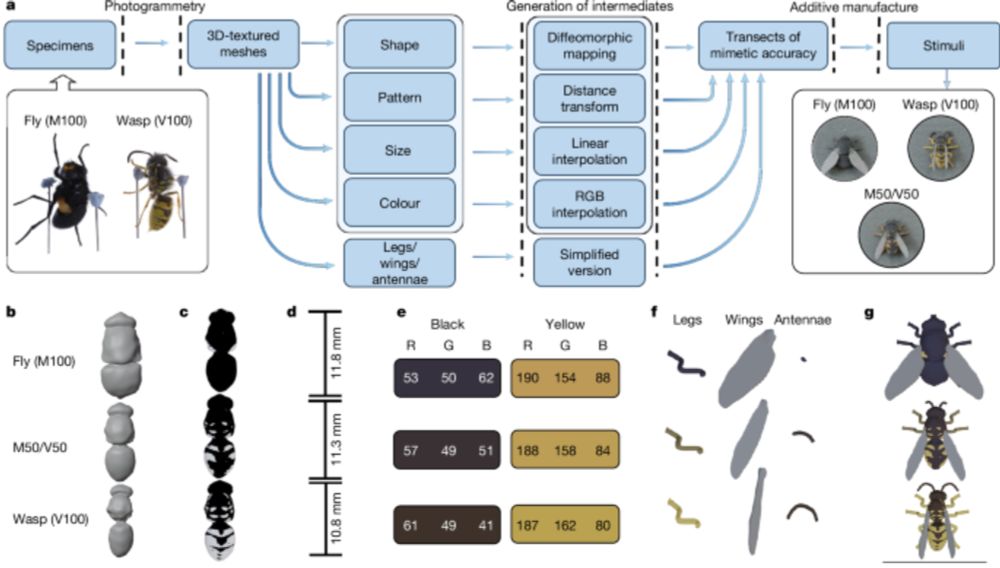Will Allen
@wlallen.bsky.social
450 followers
470 following
70 posts
Associate Professor in Evolutionary and Sensory Ecology - Swansea University, Wales www.easelab.uk
co-Director @crocus-dla.bsky.social
Senior Editor @ecol-evol.bsky.social
Posts
Media
Videos
Starter Packs
Reposted by Will Allen
Reposted by Will Allen
Reposted by Will Allen
Reposted by Will Allen
Will Allen
@wlallen.bsky.social
· Sep 5

The genomics of discrete polymorphisms maintained by disruptive selection
Disruptive selection can lead to the evolution of discrete morphs. We show that particular
genetic architectures, in terms of dominance, epistasis, and linkage, are likely to
evolve to produce discret...
www.cell.com
Reposted by Will Allen
Reposted by Will Allen
Reposted by Will Allen
Will Allen
@wlallen.bsky.social
· Jul 4








![The Telegraph
Rayner tax scandal - £40k tax dodge - Statement
Angela Rayner dodges £40,000 stamp duty
Deputy Prime Minister reduces tax bill for Hove flat by declaring it as her main residence
[Photo: Angela Rayner pictured at the weekend in Hove, where she has just bought a flat Credit: Dan Charity/The Sun on Sunday]
Robert Mendick Chief Reporter. Amy Gibbons Political Correspondent
29 August 2025 8:57am BST](https://cdn.bsky.app/img/feed_thumbnail/plain/did:plc:2kf2qj56o2vq7jfaq4x4ogp6/bafkreihe5mm7nwmwvzhtgadmsafyvsaxhrufuai2d2j2rju5zt6g2lytea@jpeg)
![The Telegraph
Money > Property > Second homes
How to avoid tax on your second home
From stamp duty to council tax, shield your wealth from Labour's tightening net
[Photo of houses around a bay - Areas such as Cornwall have added a premium to council tax bills for second homes Credit: iStockphoto]
Fran Ivens Senior Money Writer
29 August 2025 1:21pm BST](https://cdn.bsky.app/img/feed_thumbnail/plain/did:plc:2kf2qj56o2vq7jfaq4x4ogp6/bafkreieuwgc2vsmyfcctmf4cnpcqckij2pqdk2gmzajpnihrsqyqmzyr5e@jpeg)








